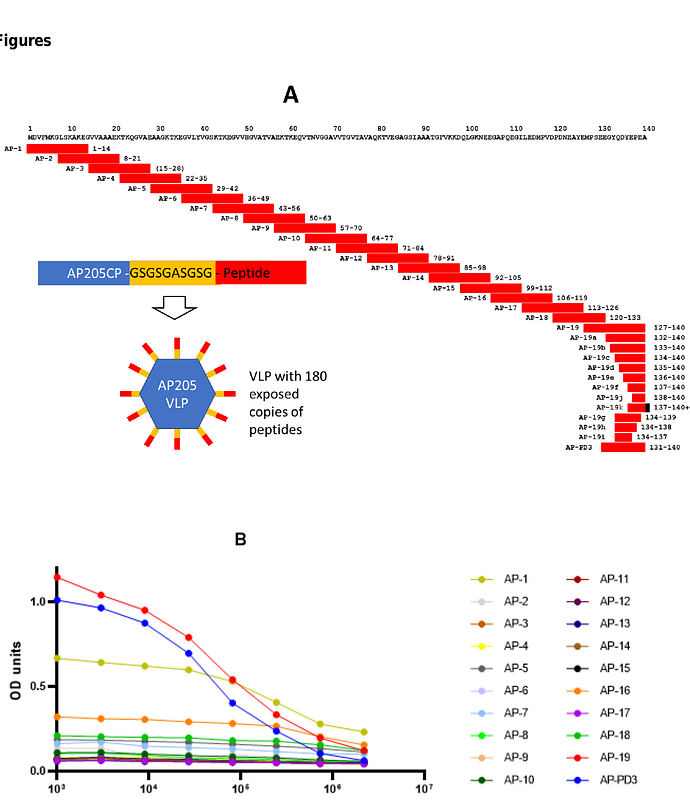Structural basis of epitope recognition by anti-alpha synuclein antibodies MJFR14-6-4-2

Structural basis of epitope recognition by anti-alpha synuclein antibodies MJFR14-6-4-2
Lieknina, I.; Pantelejevs, T.; Lends, A.; Reimer, L.; Jaudzems, K.; El-Turabi, A.; Gram, H.; Jensen, P. H.; Tars, K.
AbstractIntraneuronal alpha-synuclein inclusions in the brain are hallmarks of so-called Lewy body diseases - Parkinson\'s disease and Dementia with Lewy bodies. Lewy bodies are cytoplasmic inclusions, containing mainly aggregated -synuclein together with some other proteins including ubiquitin, neurofilament protein, and alpha B crystallin. In its monomeric form, -synuclein is predominantly localized in nerve terminals, regulating neuronal transmission and synaptic vesicle trafficking. Monomeric -synuclein lacks a well-defined three-dimensional structure and is considered an intrinsically disordered protein. However, in diseased cells -synuclein aggregates into oligomeric and fibrillar amyloid species, which can be detected using aggregate-specific antibodies. Here we investigate the aggregate specificity of rabbit monoclonal MJFR14-6-4-2 antibodies, preferentially recognizing aggregated -synuclein species. We conclude that partial masking of epitope in unstructured monomer in combination with a high local concentration of epitopes instead of distinct epitope conformation is the main reason for apparent selectivity towards various aggregates, including oligomers, fibrils, and artificial virus-like particle constructs bearing multiple copies of the MJFR14-6-4-2 epitope. Based on the structural insight, we were able to express mutant -synuclein that when fibrillated are unable to bind MJFR14-6-4-2. Using these \"stealth\" fibrils as a tool for seeding cellular -synuclein aggregation, provides superior signal/noise ratio for detection of cellular -synuclein aggregates by MJFR14-6-4-2 immunocytochemistry. Our data provide a molecular level understanding of specific recognition of toxic amyloid oligomers, which is critical for the development of inhibitors against synucleinopathies.